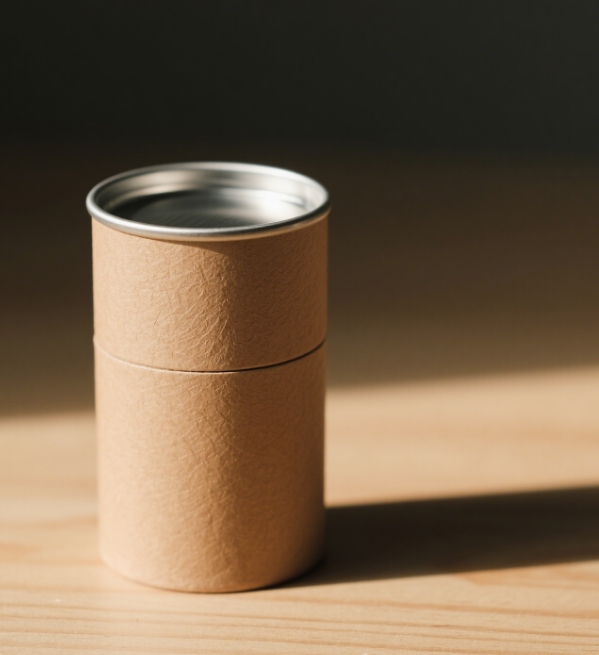About Us
The Triad of Quality Criteria for Tin Can and Tin Box Packaging
Views : 9
Update time : 2025-04-28 17:02:52
The Triad of Quality Criteria for Tin Can and Tin Box Packaging
In the contemporary commercial landscape, the utilization of tinplate boxes and cans for packaging has witnessed a remarkable upsurge. Packaging serves a dual purpose: it safeguards products from damage during storage and transit, and it significantly elevates their perceived worth. This is particularly evident in the case of high - value items such as health supplements and cosmetics, where the allure of the packaging can often be the decisive factor in determining a product's market appeal and price point. Tinplate boxes have emerged as a favored choice across numerous industries. Regrettably, a substantial number of manufacturers lack a comprehensive understanding of the production materials and processes, and fail to implement effective quality control measures. As a result, the market is inundated with subpar tinplate box products, which has, in turn, hindered the wider acceptance and growth of this packaging solution. In this article, we will meticulously explore the three essential quality requirements for tinplate can and tin box packaging.
An Overview of Tinplate Boxes
Tinplate, scientifically known as tin - free steel and commonly abbreviated as SPTE (electroplated tin sheet), is a type of cold - rolled low - carbon steel sheet or strip. It undergoes an electroplating process, where a layer of commercial pure tin is applied to both of its surfaces. The tin coating acts as a protective barrier, effectively preventing the underlying steel from corroding and rusting. This material combines the robust mechanical properties of steel, such as its strength and formability, with the unique advantages of tin, including excellent corrosion resistance, good solderability, and an aesthetically pleasing appearance. These combined attributes endow tinplate with several remarkable characteristics, such as resistance to corrosion, non - toxicity, high mechanical strength, and superior ductility. Thanks to these qualities, tinplate demonstrates high levels of malleability, can withstand oxidation, and is highly receptive to printing. It can be skillfully shaped into a diverse range of forms, making it an exceptionally suitable material for packaging applications.The Diverse Applications of Tinplate Boxes
Key Quality Considerations for Selecting Tinplate Boxes
1. Material - The Cornerstone of QualityThe quality of the material used in tinplate box production is of paramount importance. It serves as the very foundation upon which the overall quality of the final product is built. Without high - grade materials, it is simply impossible to produce a top - notch tinplate box. Manufacturers must pay meticulous attention to sourcing high - quality tinplate. This involves ensuring that the tinplate meets strict industry standards in terms of its chemical composition, thickness uniformity, and surface finish. High - quality tinplate not only provides better protection for the packaged products but also ensures that the box can withstand the rigors of the manufacturing process and subsequent handling.
2. Structural Integrity - Meeting Customer Expectations
The structural design of a tinplate box is another critical aspect. It must precisely meet the specific requirements of customers. This means adhering strictly to product drawings, accurately performing CAD (Computer - Aided Design) operations, and ensuring that the design specifications are met with the highest level of accuracy. Even if the manufacturing process is executed flawlessly, a poorly designed structure will render the product ineffective. The structure of the tinplate box should not only be aesthetically pleasing but also functional, providing adequate space for the product, facilitating easy opening and closing, and ensuring that the box can be stacked or transported without damage.
3. Processing Excellence - The Role of the Manufacturer
The choice of the tin box processing plant has a profound impact on the quality of the packaging process. A company's commitment to product quality is crucial for its long - term success. To achieve high - quality products and ensure customer satisfaction, the processing plant must implement good manufacturing practices. This includes standardized procurement of raw materials, the use of appropriate production processes, and the implementation of strict quality control measures at every stage of production. From the initial cutting and shaping of the tinplate to the final printing and assembly, each step must be carefully monitored and controlled to ensure that the end product meets the highest quality standards.
相关新闻


